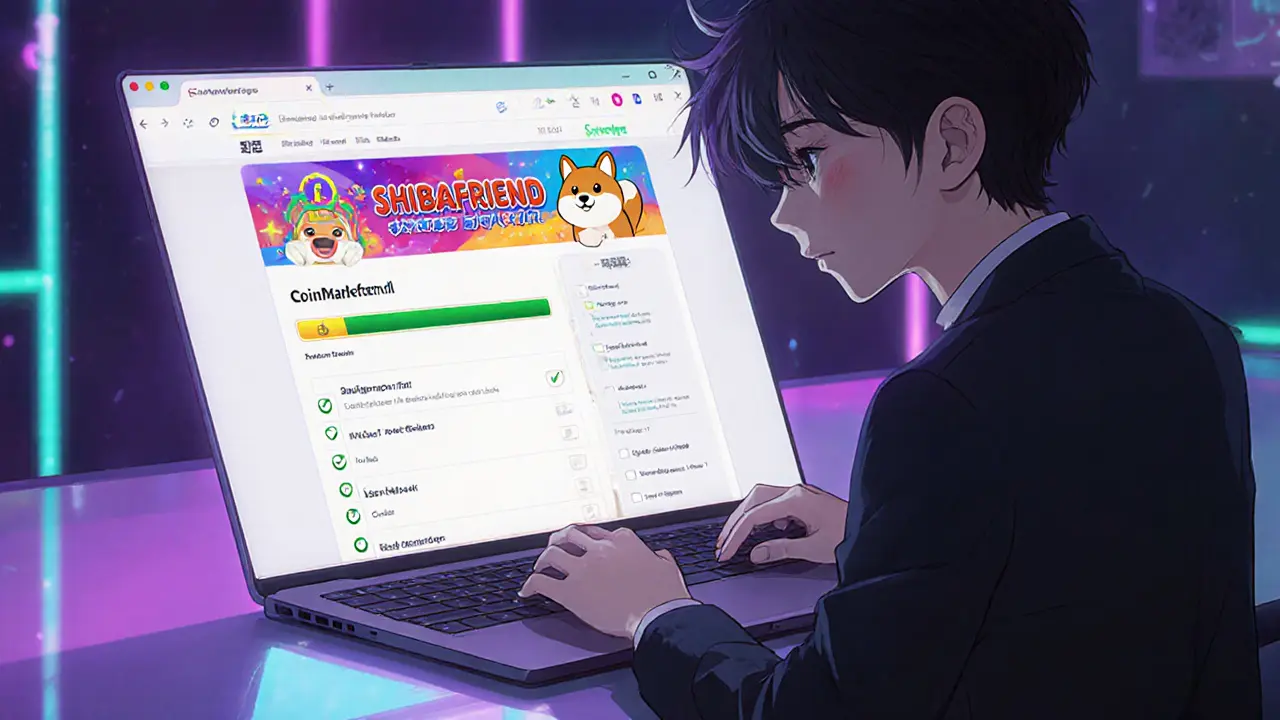Shiba Metaverse: All You Need to Know
When working with Shiba Metaverse, a blockchain‑based virtual world that blends meme culture with gaming and finance. Also known as ShibaVerse, it lets users earn, trade, and play using its native token and digital collectibles. Shiba Metaverse encompasses a self‑contained economy where every asset is recorded on a public ledger, so ownership is clear and trades are instant. This ecosystem needs three core pillars – NFTs, airdrops and an engaging game layer – to keep the community active and the token value moving.
When you hear NFT, non‑fungible token that represents a unique digital asset on a blockchain, think of the in‑game items, avatars and land parcels that power Shiba Metaverse. NFTs give each sword, pet or piece of virtual real estate its own fingerprint, making duplication impossible. Because Shiba Metaverse requires NFTs to grant access to special quests and exclusive events, the platform constantly releases new collections that boost player interest. These drops often tie directly to token rewards, creating a feedback loop where rare NFTs drive token demand and vice versa.
One of the fastest ways the community grows is through a crypto airdrop, a free distribution of tokens or NFTs to eligible users. In Shiba Metaverse, airdrops serve as both marketing hooks and decentralization tools. When an airdrop lands, users instantly receive a slice of the native token, which they can stake, trade, or use to buy NFTs. This influx of tokens fuels liquidity, and the excitement around each airdrop fuels social buzz, drawing new players into the virtual world. In practice, a successful airdrop can lift daily active users by double digits within a single week.
The heart of the experience is Metaverse Gaming, interactive gameplay set within a persistent virtual universe. Players battle, explore, and collaborate in a 3D environment that mirrors real‑world economics. The game layer demands fast transaction speeds, so the underlying blockchain must handle high throughput without soaring gas fees. Shiba Metaverse’s gaming engine rewards skill and strategy, but also rewards participation – staking tokens unlocks premium missions, while owning rare NFTs opens secret dungeons. This blend of play‑to‑earn and play‑for‑fun keeps both seasoned traders and casual gamers hooked.
All these pieces sit on a robust blockchain, a decentralized ledger that records transactions securely and transparently that guarantees ownership, prevents fraud, and enables instant settlement. The choice of blockchain influences how cheap and fast NFT minting is, how quickly airdrop rewards arrive, and how smooth the game runs. Developers continuously upgrade the network protocol to lower latency, improve scalability, and add new smart‑contract features that power innovative game mechanics. In short, the blockchain fuels every action in Shiba Metaverse, from buying a pet to claiming an airdrop.
Now that you have a clear picture of the ecosystem – its NFT assets, airdrop tactics, gaming dynamics and the blockchain foundation – you’re ready to dive deeper. Below you’ll find curated articles that break down each component, offer step‑by‑step guides, and share the latest news on token performance, upcoming drops, and strategy tips for thriving inside the Shiba Metaverse.
- October 11, 2024
- Comments 17
- Cryptocurrency

